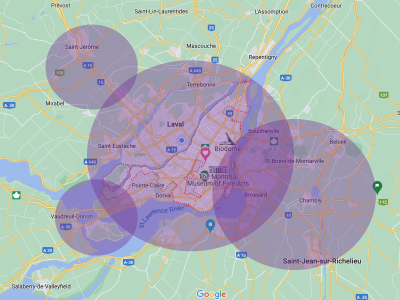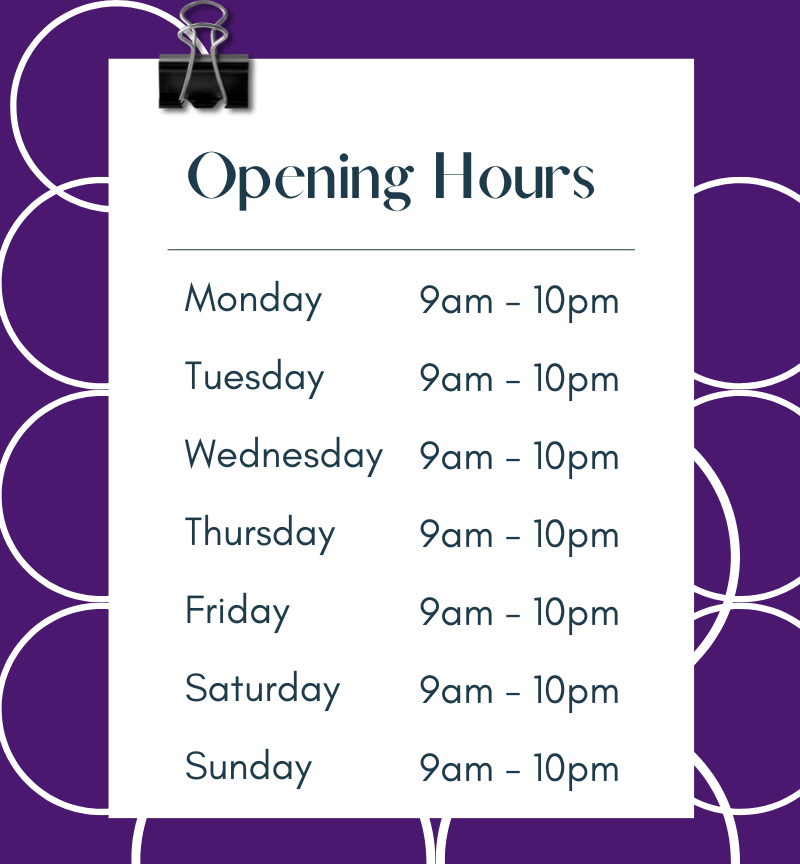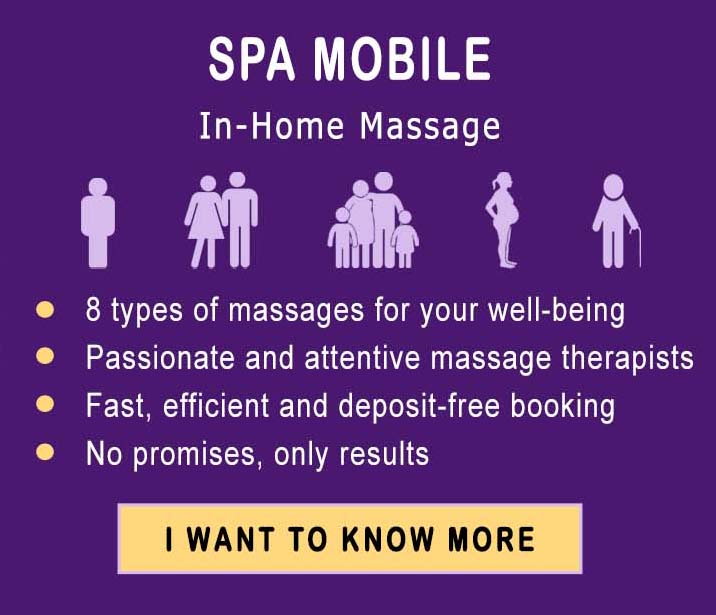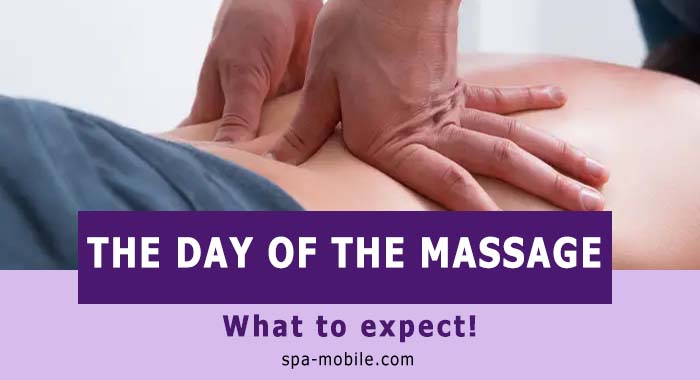Diabetes is surprisingly common these days due to several reasons. It can disrupt your daily routine and can even restrict your everyday movements. Diabetes, if not kept under control, can cause serious complications.
People with diabetes heavily rely on medications and insulin injections. However, you will be shocked to know how helpful massage for diabetes can be. Depending on the type of diabetes, the right masseuse can help you nullify the symptoms significantly and help your body restore its health.
Read on, and we’ll discuss everything you need to know regarding how and why massage is worthwhile for diabetic patients.
Types Of Diabetes
The following are some of the types of diabetes based on different factors.
- Diabetes mellitus type 1
- Diabetes mellitus type 2
- Maturity onset diabetes of young
- Gestational diabetes
- Diabetes insipidus
Symptoms Of Diabetes
Raised glycemic index in diabetes causes a complex set of problems in all systems of your body. The most noticeable complications of diabetes, according to physicians at mayo clinic, are
- Altered blood sugars, hyperglycemia, or hypoglycemia.
- Foot damage
- Skin conditions.
- Hearing impairment.
- Nerve damage
- Stiffness in joints
- Bone pain
- Difficulty in movement
- Macrocirculation, i.e., atherosclerosis
Furthermore, stress, illness and infection can worsen the complications. Evidence presented by Cleveland Clinic proves our point. Anxiety can make it challenging to regulate your diabetes since it can cause the body to deteriorate. Stress hormones raise blood pressure, increase the heart rate, and increase blood sugar levels. High blood glucose levels can make you sleepy or tired.
To keep the stress in check and halt the progression of diabetic complications, massage can prove to be super useful.
Prescribed Massage For Diabetes
Diabetes treatment involves the doctor guiding the patient to avoid sugary food, eat six to seven small meals a day, exercise regularly, and quit smoking.
Phase two of the diabetes treatment plan would be taking medications for better glycemic control. If diabetes progresses to phase three and neuropathy symptoms start appearing, hypoglycemia will start causing fatigue and body aches. Massage for diabetes reduces edema and improves blood circulation and lymph turnover.
Benefits Of Massage Therapy In Diabetes
Casual massages are carried out frequently and carelessly. Massage therapy is the stimulation of the body’s soft tissues. Massage therapy methods are commonly applied to wrists, fingertips, ankles, knees, forearms, and feet. The objective of therapy is usually relief from body tension and discomfort.
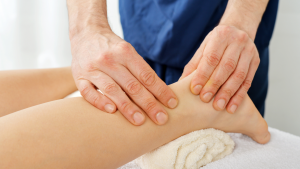
Diabetes-specific benefits
The first and foremost complaint in diabetes patients is hyperglycemia. But the question is, what are the significant implications of massage for people with diabetes. The bodywork put into the massage by the therapist helps drop glucose levels to a considerable amount helping in reducing the glycemic index.
Insulin injections for managing hyperglycemia are used as subcutaneous depots that may cause pooling or ineffective insulin delivery in the bloodstream. Effective delivery is essential to control the blood sugar concentration to avoid hyperosmolar complications. Hence, massaging the infection site can help promote an adequate and effective delivery of insulin.
Massage for diabetics can have multiple benefits at once. Reduced circulation is a frequent complaint in people with diabetes. Several medical interventions are used to relieve this gore complaint, but they have their side effects.
A systematic review discusses the effectiveness of massage therapy. To provide comfort to the patient in hard times, massage therapists use bodywork to improve drainage. It helps to minimize edema and improve blood circulation.
A 2011 research evaluated the effects of foot massage in people with diabetes. It showed that massage for diabetes reduced the severity and frequency of the leg and foot complaints in diabetes patients.
The increased and harmonious circulation in people with diabetes who get massage regularly lessens foot problems. Researchers have reported lesser ulcer formation and better healing in two groups. Massage helps release various beneficial chemicals like endorphins, which improve recovery.
Targeted Systems
Massage therapy directly targets and benefits the following body systems:
- Nervous
- Musculoskeletal
- Hepatoportal
- Lymphatic
Diabetic neuropathy can cause numbness or tingling sensations in your fingers, toes, hands, and feet. Numbness and tingling in limbs associated with diabetes are also reduced by massaging the limbs and underlying bug veins.
People with diabetes have thickened connective tissues due to excessive fibrosis, which leads to loss of elasticity of connective tissue leading to the signs of ageing. Fibrosis also leads to pressure on the connective tissue nerves, causing severe pain. The endorphins released due to pressure exerted in massage help neutralize the pain.
Massages have helped restore and rehabilitate patients who undergo amputations due to uncontrolled glycemia. Amputations are done under the circumstances like necrotizing fasciitis or ulcer formation.
Types Of Massages For Diabetes And Their Purposes
- Aromatherapy: Aromatherapy employs various mixtures of essential oils for use on different body sensitive points. Acupuncture and aromatherapy together encourage stimulation and can rejuvenate you. You can choose different scents for your massage. A proper prior consultation is carried out to help you decide what therapy and the mix would suit you. For example, ginger oil shows anti-inflammatory properties and may be useful in easing nausea or vomiting. Moreover, ginger oil has a warm, spicy fragrance.
- Craniosacral Therapy: Craniosacral is the medical term for your head and neck. Craniosacral massage for people with diabetes involves experts who agree that light contact leads to regeneration of the central nervous system and helps change sleep habits. During your massage therapy session, the therapist will check-in and make sure that you have the right amount of contact.
- Deep Tissue Massage involves the therapist giving you a little higher pressure touch than a simple massage. The masseuse is an expert and has practiced the method several times. These techniques help you relieve musculoskeletal pain, i.e., your muscle and bone pain.
- Myofascial Massage: Myofascial massage is intended to manipulate the tissue. During a consultation, you will be targeted through manual pressure by a professional. It tends to relieve mobility restrictions. This technique will also reach stress points and help alleviate discomfort by stretching.
- Reiki: It is a Japanese technique that includes gently putting different energies into your body through the practitioner’s hand. Many people attending reiki sessions claim that they experience slight pins and needles or warmth, culminating in rest and well-being.
Massage! A Healthy, Convenient, and Reliable Remedy!
As listed above, massage for diabetics can be miraculous. It can help the patients rejuvenate their lost strength and live a better life. Not only is massage therapy beneficial, but it can also be crucial in some cases where the patients are unable to move much.

